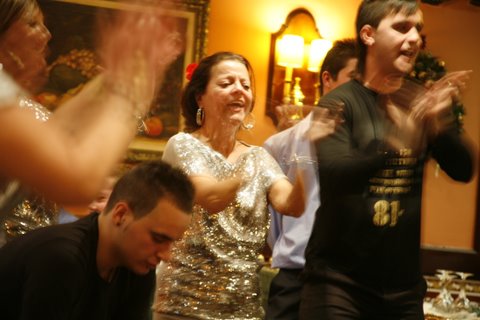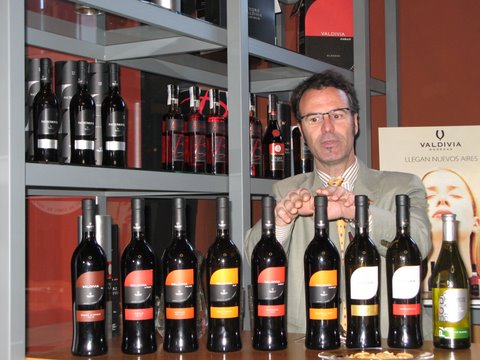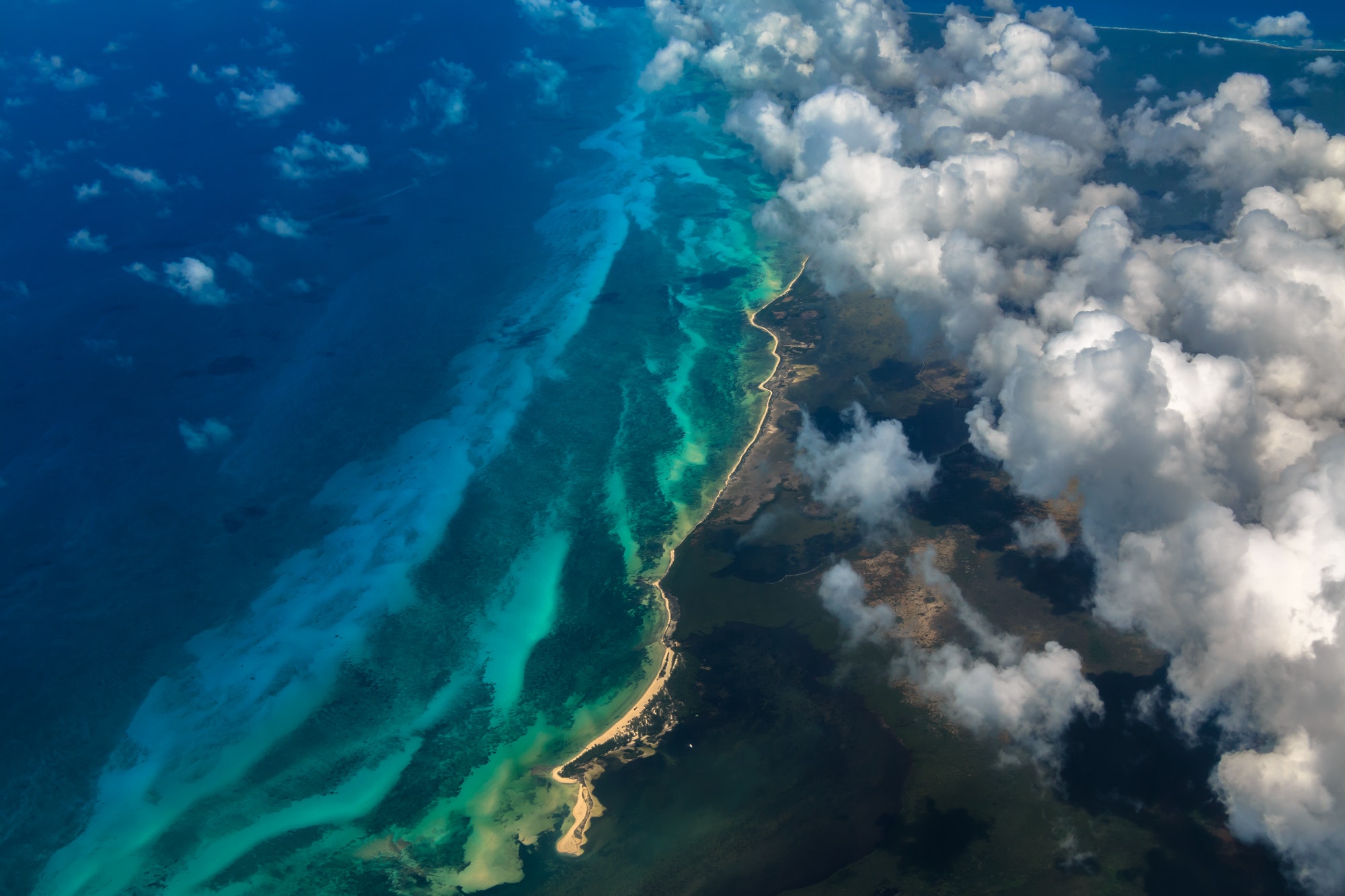Spain’s Andalusia Region
As our instructor Juan –slim hips, tight black pants, perfect posture–steps forward and right, then forward and left to the pulsing beat, we do the same. It doesn’t matter that some of us don’t understand Spanish. All we need do is copy Juan’s fluid moves. That’s easy because our group of eight women hasn’t stopped staring—uh—watching—him since he walked into the room. Juan breaks the dance into four distinct components: rhythm, hand techniques, feet movements and coordination. When he puts the elements together, smiling, we mimic him. “Hey, girlfriends, we’re dancing the flamenco.”
Learning the moves at Seville’s Flamenco Dance Museum (Museo del Baile Flamenco) is just one of the delights we find in Seville, the capital of Andalusia, the former Muslim stronghold in southern Spain.
The region rewards travelers with iconic images of the nation: centuries old palaces and mosques, stunning cathedrals, bountiful olive groves, remarkable horses and sunny beaches. It’s no wonder that Andalusia rates among Europe’s “hot new places.
 © Candyce H. Stapen Photography
© Candyce H. Stapen Photography Seville’s Flamenco Dance Museum
Seville
Vibrant Seville is a good place to start any tour of Andalusia. And the Flamenco Museum is both informative and fun, whether or not you take a class (sign-up ahead of time). We watch videos of great performers, listen to thrumming guitars and learn about the flamenco’s origin in Andalusia.
When not dancing, we walk. It’s the best way to savor Seville’s flamboyance, born of the mix of simple and majestic. On strolls we have time to note the purple bougainvillea cascading from the window boxes of white-washed houses, the weathered faces of the old men sitting in cafes, and the lush orange trees–20,000 of which grace the city.
The Royal Alcazar (Reales Alćazares) is one of Seville’s gems. Constructed as a fortress in 913 by Andalusia’s first caliph, the structure was enlarged over the centuries, blooming as a grand palace in the 14th century under Pedro I, a Christian king. Although the palace, added to over the centuries, illustrates many architectural styles, it shines as an example of Mudéjar, a blend of Muslim and Christian elements known for elaborate plaster work, intricate mosaics and ornamentation.
Entering the Alcazar’s Patio of the Maidens (Patio de las Doncellas) feels like falling into a fantasy. Sunlight radiates off the elaborately decorated, two-level courtyard, with its striking archways embellished with carved ruffles and panels of minutely detailed shapes set in geometric strips. In the palace, a masterpiece of pillars and passageways, inner courtyards and sequestered rooms sparkling with tilework, we imagine the harem women dressed in billowing white who once danced here as well as the potentates who long ago paced the halls, contemplating battles and booty from the New World. Magellan, our guide tells us, planned his trip from the Alcazar’s chambers.
Outside in the lavish gardens the scent of thousands of flowers hangs in the air. The gardens, developed over centuries, reflect each era’s preferences from Muslim inspired ponds and fountains to the shaped hedges and formal patterns of an 18th century English garden.Along with the Alcazar, the Giralda Tower, first built as a minaret in the 12th century, as well as Seville’s cathedral (Catedral de Sevilla), the largest Gothic building in the world and Europe’s third largest cathedral, are among Seville’s other UNESCO World Heritage sites. In the cathedral, Christopher Columbus, or at least part of him, lies entombed, confirmed by a DNA sample. That makes us smile since gold from the New World adorns the church’s lavish altarpiece.
From here we make our way to the Barrio Santa Cruz, once Seville’s Jewish Quarter. On our stroll of the neighborhood’s maze-like, narrow lanes we find a centuries-old building that may have eons ago served as a synagogue. Other streets lead us past houses bright with red geraniums and into courtyards where children chase pigeons around trickling fountains. By now, it’s early evening. The aromas of spicy chorizo, sautéed clams, oysters au gratin and other dishes pull us through the barrio until we select a tasca (inexpensive bar), settling in for tapas and glasses of wine.
Córdoba
From Seville it’s about a 75 minute drive to Córdoba, a city spicy with the aromas of jasmine, lemons and oranges. The scent of oranges gets stronger the closer we get to Córdoba’s Orange Tree Courtyard (Patio de los Naranjos), the plaza fronting an entrance to the Mezquita, Córdoba’s magnificent mosque also a UNESCO World Heritage site. Muslims controlled the city from the 8th to 11th centuries. They built this mosque between the 8th and 10th centuries as the city’s crowning glory.
It still is. We can almost hear the collective sucking in of breathe as our group enters, wide-eyed. Row upon row of double arched pillars (one above another)–856 of them–sit atop columns constructed of jasper, onyx, marble or granite. Each arch consists of an alternating pattern of red brick and white stone. The hundreds of repetitions evoke for us the billowing of desert tents. The Mezquita is so large that it takes us awhile to walk to the cathedral built within after the Christians conquered Córdoba.
In Córdoba’s former Jewish quarter (Judería), we wander the narrow streets, coming upon the synagogue (Sinagoga de Cordoba), one of Spain’s three pre-Inquisition synagogues still standing. Built in 1315 the elaborate stuccowork and the upstairs women’s gallery remain as does a four line psalm in Hebrew carved on a wall. Because the words appear without spaces or vowels, it takes us time to puzzle out a phrase. But when we do, we feel an electric connection to the worshippers who stood here nearly 700 years ago.
 © Candyce H. Stapen Photography
© Candyce H. Stapen Photography Núñez de Prado’s olive mills, Spain
Granada
On the drive from Córdoba to Granada, we see acres and acres of olive trees lacing the hillsides, their green leaves splashed with sun. Of Spain’s 300 million olive trees, 70 % to 80% grow in Andalusia, with a majority in and around Córdoba, Granada and Jaén. Near Baena we pause for a special lunch and tour of the Núñez de Prado’s olive mills, operated by the 7th generation of the family often called “the high priests of olives.”After a lunch of tapas and chunky soup and ham, Felipe, one of four brothers managing the business, leads us on a tour. The plant is thick with the pungent smell of olives. From 160,000 trees, the Núñez brothers produce about one million liters of olive oil. Some of their “liquid gold” sells at Trader Joe’s in the U.S. What does Felipe want for the future? “My son is young. I hope there will be an eighth generation of olive farmers.”
Granada, Moorish Spain’s last stronghold, is home to the Alhambra, Spain’s most visited monument and a UNESCO World Heritage site. Located on Sabikah hill, the citadel, a complex of palaces, was primarily built in the 14th century at the height of the Nasrid Muslim dynasty. The Nasrid palace (Palacio Nazaríes) especially dazzles with exquisitely detailed rooms that reveal a hidden world of power and privilege.
Delicate carvings and precise tile work adorn the rooms. A courtyard pond reflects the intricate stucco designs of two facades. A prayer room soothes with a row of blue stained glass windows; 8,000 wooden pieces detail the seven Koranic heavens on a domed ceiling; and two marble slabs, once covered with soft pillows, mark where the emir’s two favorite concubines reclined.
When we depart the Alhambra, it’s late afternoon and unseasonably chilly. We stroll along Puerto Real, a bustling pedestrian street to the Bib-Rambla square for a snack of hot chocolate and churros, the Spanish version of deep-fried donuts, at one of the many chocolaterias.
 © Candyce H. Stapen Photography
© Candyce H. Stapen Photography Jerez de la Frontera Sherry Production, Spain
Cádiz
Before visiting the port city of Cádiz, we drive 21 miles northeast to Jerez de la Frontera, known for both its sherry production and its amazing horses. We sample the wines later, but first we watch the impressive Dancing Horses of Jerez at the Royal Andalusian School of Equestrian Art Foundation (Andaluza del Arte Ecuestre). The white and dappled horses prance and trot, turning quickly in impossibly narrow spaces. Moving like four-footed ballet dancers, the horses, controlled by gifted riders attired in 18th century costumes, pace to flamenco and other rhythms. The steeds edge sideways on their rear legs and execute turns and bends with precision.To Cádiz, the sea is central. Situated on a peninsula, with the Atlantic on one side and the bay on the other, Cádiz grew from an old port town. In the new section, the Playa de la Victoria, with its relatively wide sands, is a popular beach. Before dining at El Faro, we stroll the narrow streets of Old Town, breathing in the salty sea air.
We celebrate the end of our trip with a seafood feast. As we sample fried dough with bits of shrimp, seafood soup and whole dorado cooked in salt, a Roma (once called “gypsies”) family enters. The mother dressed in a sparkling silver blouse and dangling earrings claps her hands to flamenco and other rhythms, leading her grown sons, a daughter and a grandson in songs. The family sings and claps, moving among the tables, encouraging diners to bang their spoons to the ever faster rhythms. And when the family arrives at our table, smiling, we stand up and twirl for a round or two. After all, we started this trip by dancing.
Statistics
–Andalusia is becoming one of the main cruise destinations for ships in the Mediterranean. In 2008, 660,053 passengers reached Andalusia on 713 cruise ships.
-10.3 million passengers landed at Andalusia airports in 2008
Malaga is the region’s main airport.
–50% of tourists travel through Andalusia by car
–Seville and Malaga are one of the top 8 destinations for travelers to Spain
-In 2008 Andalusia was named the best golf destination in Europe (report doesn’t say who named the region this).
–Candyce Stapen can’t wait to go back to learn more flamenco moves.


 Frommers.com
Frommers.com Physician's Money Digest
Physician's Money Digest The Washington Post
The Washington Post Physician's Money Digest
Physician's Money Digest Physician's Money Digest
Physician's Money Digest Great Family Vacations
Great Family Vacations BellaOnline.com
BellaOnline.com MSNBC.com
MSNBC.com